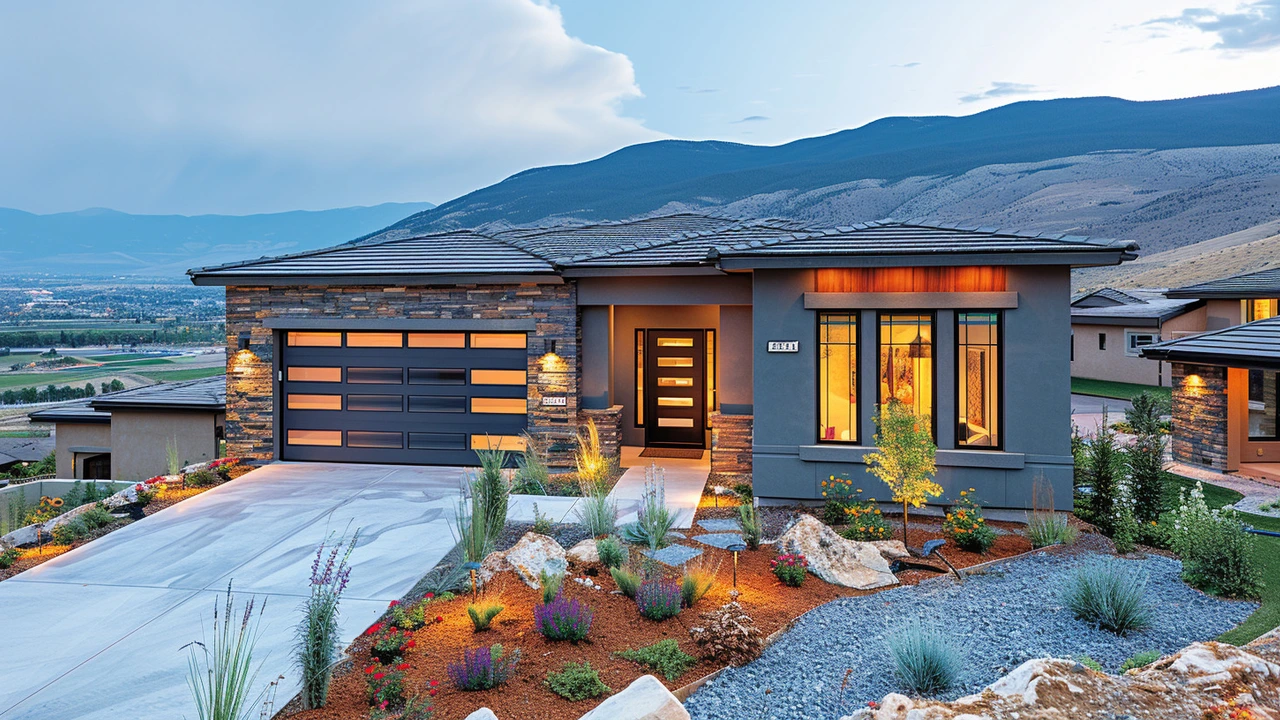Landscape Design: Simple Ways to Make Your Outdoor Space Work
Want a yard that actually adds value and reduces stress? Start by planning for how you will use the space, not how you want it to look in pictures. Here are practical steps you can do today.
Quick planning tips
Measure your yard and sketch a simple map with sun patterns, existing trees, and where rain drains. Divide the map into zones: active (play, grilling), quiet (reading, fire pit), service (storage, compost). Keep paths short and direct.
Design choices that matter
Pick a dominant material for paths and patios — gravel, pavers, or wood. Mixing too many materials makes a yard look busy. Choose three main plant types: structural (trees and large shrubs), filler (perennials), and groundcover. Think seasonally—aim for something blooming or colorful in every season so the space never feels dead.
Scale matters: a tiny patio with giant furniture feels awkward; match furniture size to area. Add lighting for safety and mood. Solar path lights and string lights work well. Water features draw attention but need maintenance. A small fountain or birdbath gives sound and life.
Think about maintenance budget. Choose low-care plants and drip irrigation to save time. Use native plants where possible — they handle local soil and weather, and often need less water and care.
Hardscape first, plant second. Install patios and paths before planting so roots aren’t damaged later. Budget smart: start with big elements and add plants over seasons.
Quick project ideas: build a fire pit, plant a pollinator border, create a small herb garden near the kitchen.
Need help? Bring a photo and your rough map to a local nursery or landscape designer. They’ll offer plant lists and placement tips you can afford.
Good landscape design makes small yards feel bigger and big yards feel useful. Start with a plan, pick durable materials, and layer plants for year-round interest.
Soil matters: test soil pH and add compost. Most plants thrive in loose, well-drained soil. Clay needs organic matter; sandy soil needs moisture retention.
Irrigation tips: use drip lines for beds and soaker hoses for shrubs. Water deeply and less often to encourage strong roots.
Privacy without walls: use tall shrubs, bamboo (clumping types), or trellises with fast-growing vines. A mix of evergreen and deciduous plants keeps privacy all year.
Container gardening stretches a small yard. Use big pots to anchor corners and pick drought-tolerant plants if you don’t want daily care.
Seasonal tasks: prune shrubs after flowering, mulch in spring and fall, deadhead perennials to keep them producing, and check irrigation before summer.
Local rules: check local codes for fences, pools, and large changes. Some neighborhoods limit plant height or require permits for hardscape.
Sustainability wins: capture rainwater with a barrel, add a small rain garden in a low spot, and choose plants that need less fertilizer.
A quick checklist: map sun and shade, pick hardscape, choose three plant layers, plan irrigation.

Boosting Curb Appeal: Easy Upgrades for Ranch-Style Homes
This article provides a comprehensive guide to enhancing the curb appeal of ranch-style houses. Through strategic exterior upgrades, landscape design enhancements, and personalized decorative touches, homeowners can significantly boost their property's aesthetic and market value. We delve into practical and appealing ideas such as updating the facade, optimizing the front yard landscape, introducing outdoor lighting, and adding character through door and window treatments. These tips aim to transform the traditional ranch home into a modern masterpiece that stands out in the neighborhood.
Read more